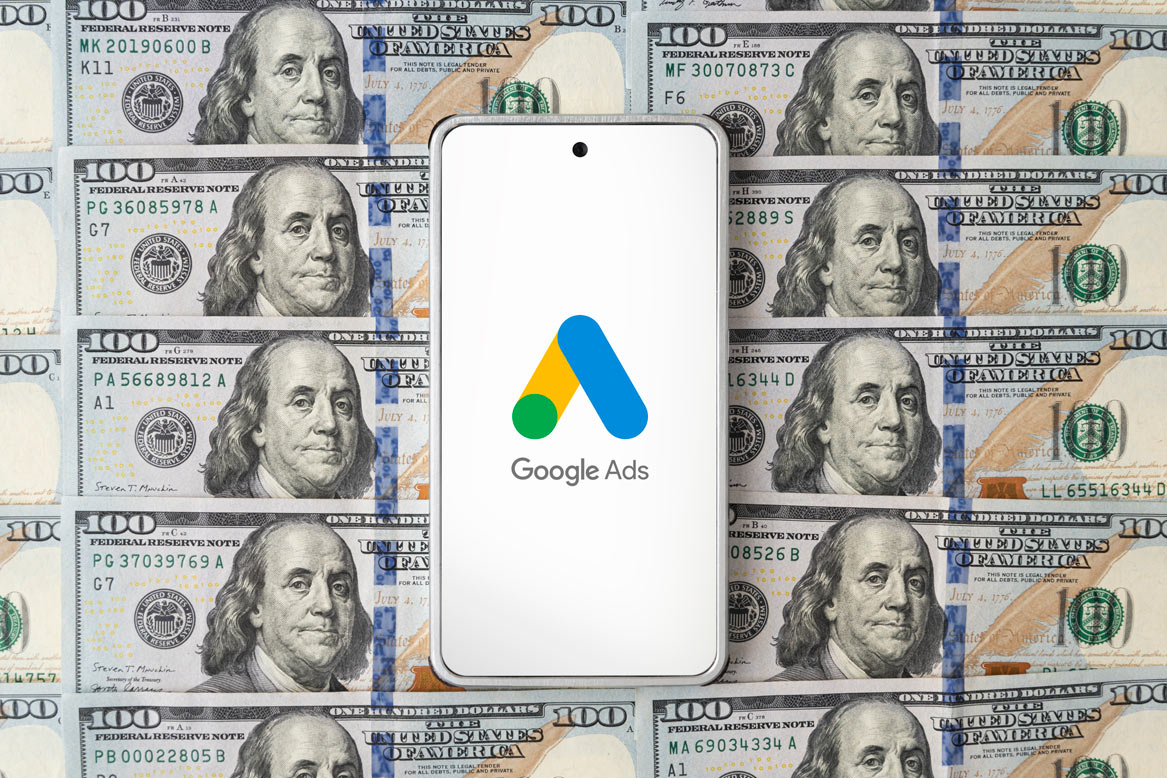It is a good plan to structure your AdWords account using themes with a different theme or service in each ad group, but make sure that when you are structuring your account that you plan to grow in an effective way. I have seen in the last couple of weeks…
Google AdWords
-
-
Google AdWords Introduces New Ad Text Rotating Options
Boy, this past week has been a busy one for Google; with a new search algorithm released and some nice new improvements for Google AdWords rolled out too. One that I find particularly helpful is the option to select to show ads that generate conversions more frequently. Previously, the only…
-
Google AdWords Tips
There are a few things that I want to share with you that I do to help improve performance routinely for an account. First, if it is at all humanely possible I ask the client to make sure that conversion tracking can be installed so that I can identify the…
-
Google AdWords – What Will My Click Cost Me?
This is the most pressing question most new Google AdWords clients want to know before they put money down for our services, or for that matter input their credit card with Google. There is a good tool that AdWords has online that will shed light on what you may pay. But…



